Railways, the technology that transformed Europe and America in the 19th century, may yet play a significant role in the future economic development of Uganda.
Two U.S. Army logisticians, John Hanson from U.S. Army Africa's G-4 Programs and Policy Branch, and Lloyd Coakley, from the Military Surface Deployment and Distribution Command's Transportation Engineering Agency, conducted a four-day assessment of Ugandan railway infrastructure Sept. 13-17 at the request of the Uganda People's Defense Force's Engineer Brigade.
The mission was to determine the current operational status of the Uganda railway system and its rolling stock, to assess the capability of UPDF personnel to rehabilitate the network, and to identify potential sites for training and repair operations. USARAF and SDDC were invited to contribute their expertise by Brig. Gen. Timothy Sabiiti, commander of the Uganda People's Defense Force's Engineer Brigade, Hanson said.
"He's been charged with assisting in the rehabilitation of the railways. It would have a very positive economic impact, including natural resource development. It's a five-year plan, a complete rehabilitation of the railroad. That's why they're doing it. It's all civil development, but the railroad would be used by the military, too. It would enhance their mobility," Hanson said.
Ugandan assessment team members included Engineer Murungi Daudi, Brig. Gen. George Etyang, Nakaliika Rahmat, Lt. Col. Luke Arikosi, and Engineer Kyamugambi Kasingye. Hanson, Coakley, and their Ugandan hosts, accompanied by a representative of the U.S. Embassy in Kampala, assessed the railroad stations and infrastructure in Jinja, Tororo, Mbale, Kumi, Soroti, Lira and Gulu. They also toured the Nalukolongo Railway Repair Facility in Kampala, he said.
"It's a significant percentage of the railroad, the majority of the rail lines. We saw almost the entire rail line that has not been completely abandoned," Hanson said.
The assessment team found the condition of the Ugandan system to vary greatly by region. The railway is still fully functional and operating in the Jinja-Tororo area, Hanson said. Tororo is the easternmost link on the line before it crosses into Kenya, heading for the coast at Mombasa.
As the team progressed north, however, damaged rails were common place, and track along the western section, from Gulu to Pakwach, is in general disrepair, a result of the area being for years under control of the Lord's Resistance Army.
"It's been pretty much abandoned since then," Hanson said.
Nonetheless, the Ugandan-American team could clearly see the potential for future reconstruction.
"The Ugandan government and the UPDF are committed to returning their railway system to a fully operational status. SDDC and USARAF can assist in this effort to help build capacity, not only in Uganda, but eventually throughout the region," Coakley said.
"It was great to partner with another Army Service Component Command on the continent," said Hanson. "The engineers from SDDC have a lot of experience and expertise that can assist USARAF in finding solutions to the transportation and mobility issues we face throughout most of Africa."
The railroads came to East Africa just before the turn of the 20th century, in the hey-day of European colonial expansion, and England and Germany in particular were in competition to build systems to extract the natural resources of what are today Kenya and Uganda. Beginning in the 1890s, both countries undertook mammoth engineering projects to build railroads from the Indian Ocean coast to Lake Victoria in the interior.
The development had profound economic and demographic impacts on the entire region. The influx of workers from British India to build the railways resulted in thriving Indian diaspora communities in both present day Uganda and Kenya; the growth of rail construction centers and nodes stimulated the establishment of such urban centers as Kisumu (then called Port Florence) and Nairobi, both in Kenya.
The Ugandan rail line finally reached Kampala in 1931. The northern branch, beginning in Tororo, was extended to Soroti by 1929 and reached Pakwach only in 1964.
The presently serviceable rolling stock consists of approximately 1,000 wagons and 35 diesel hydraulic locomotives, said Hanson, and though activity has been dormant in some areas for decades, and clearly in need of rehabilitation, the Ugandan system holds great promise for the future.
"SDDC has produced numerous studies on African seaports and infrastructure in the past. USARAF needs to synchronize our efforts with SDDC as they identify future locations to conduct their analyses," Hanson said.
Related Links:
Ugandan soldiers practice civil affairs skills during full spectrum training
Ugandan soldiers first to earn air load planner certification



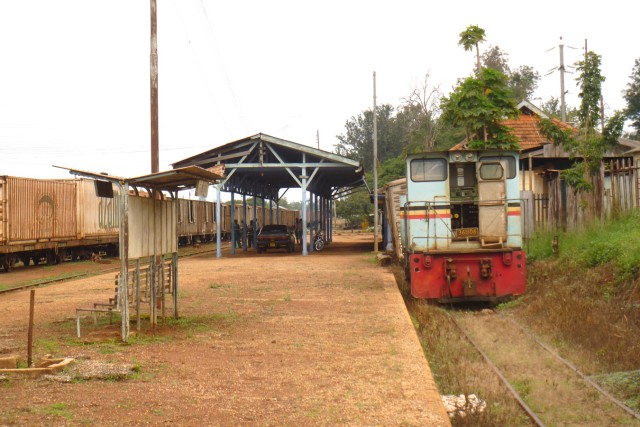
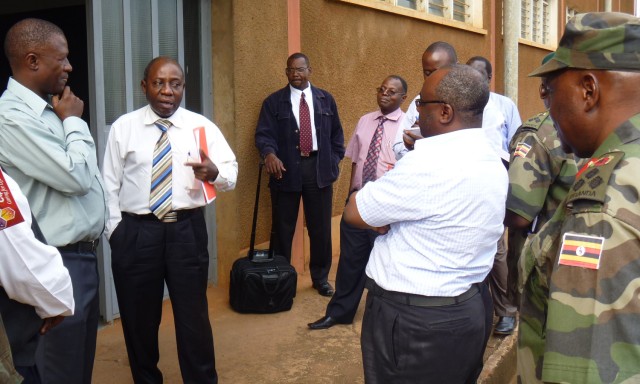
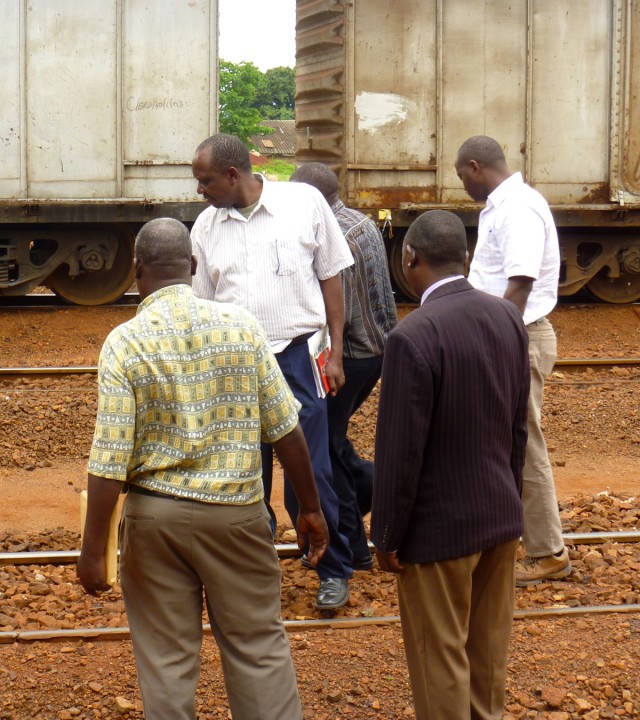


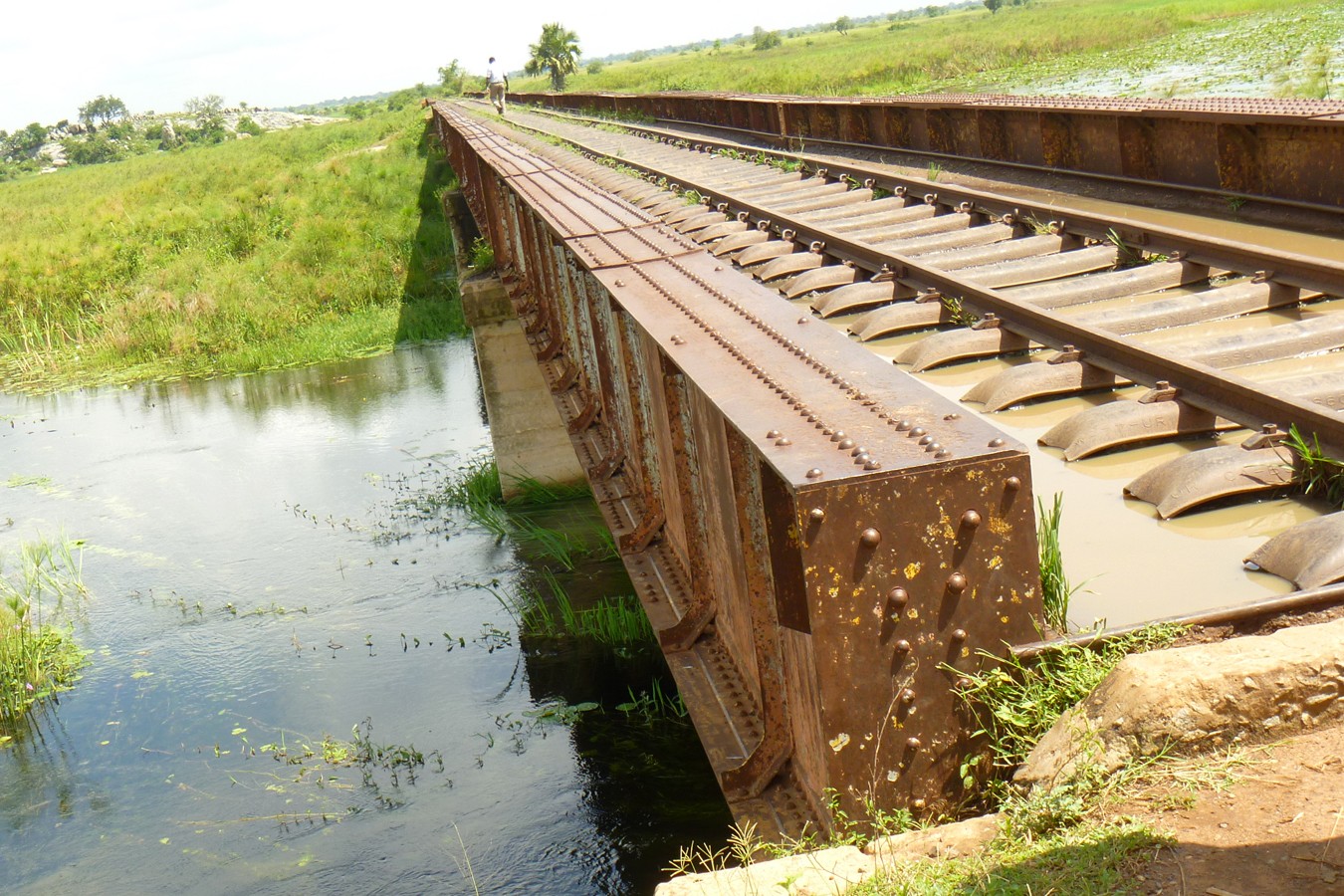
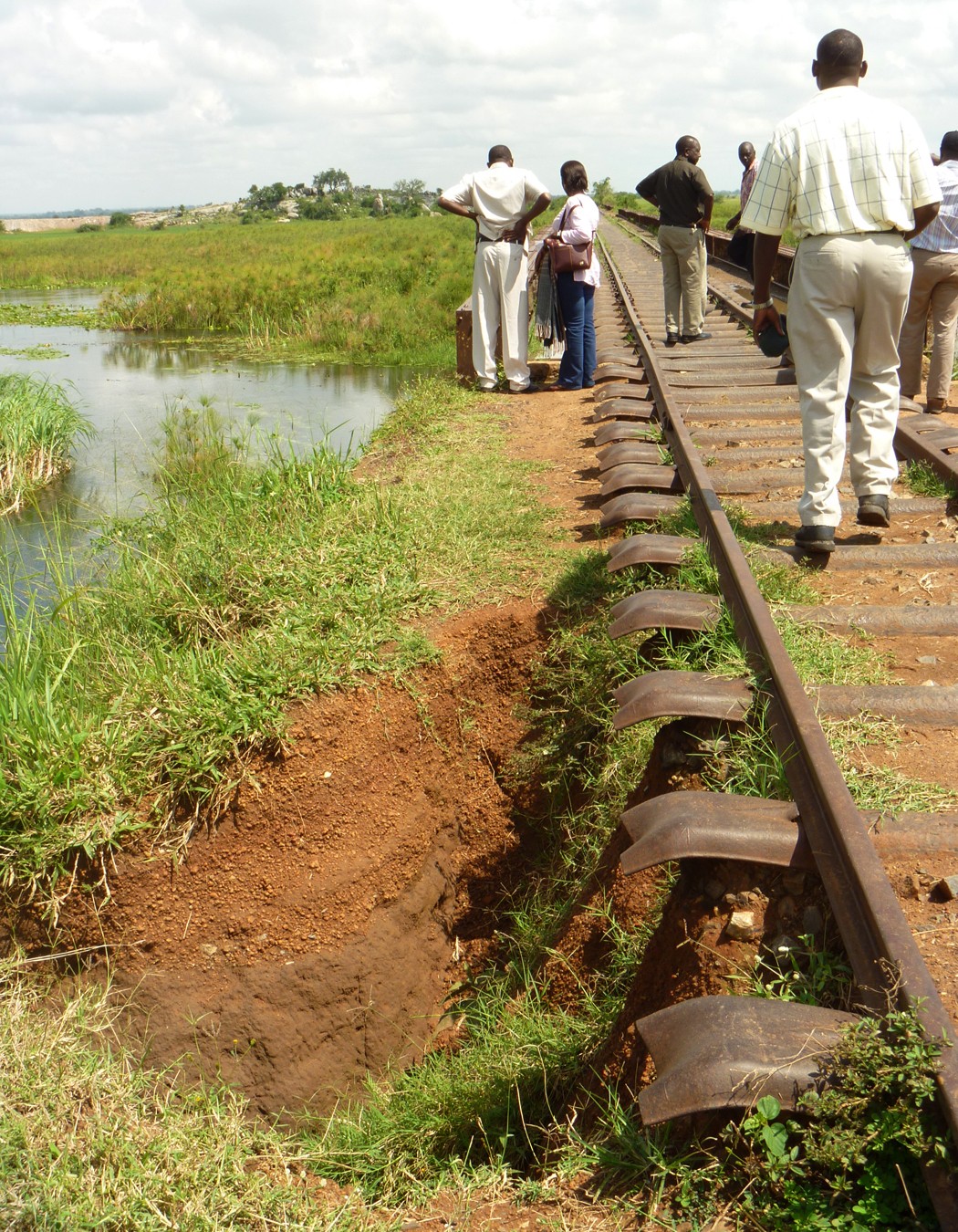




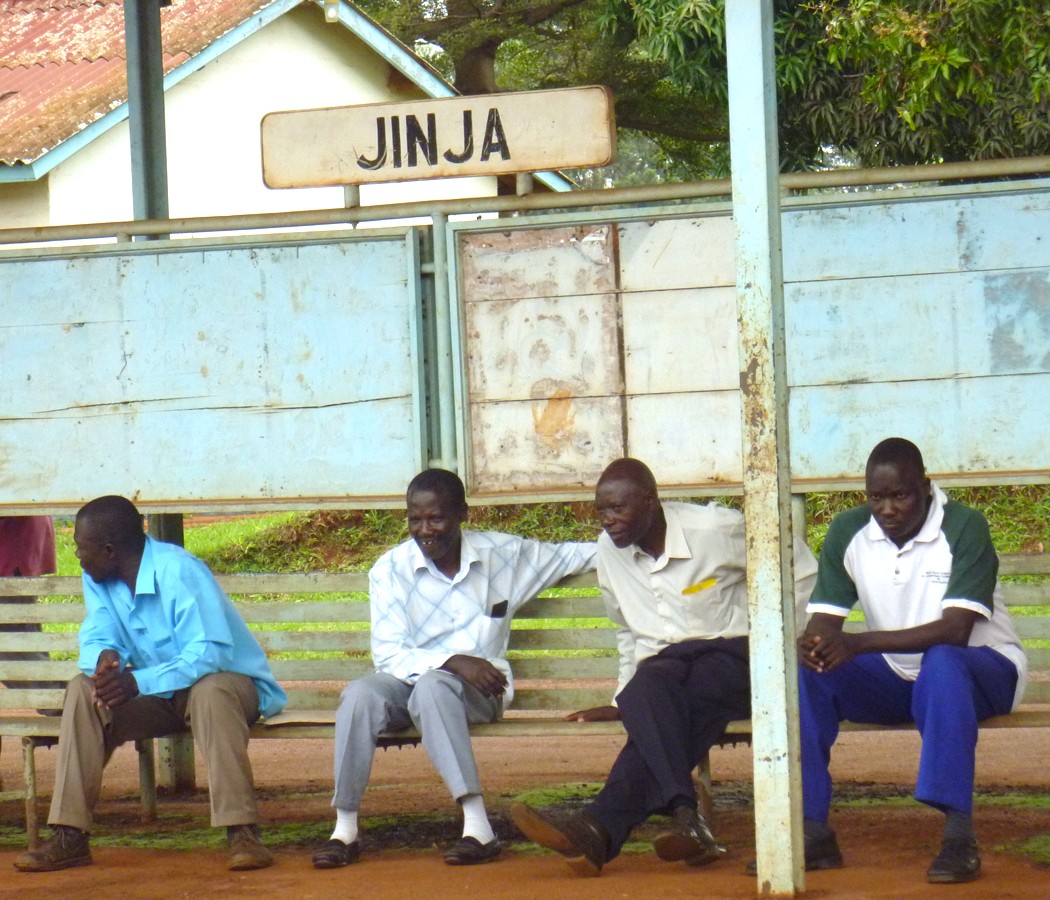
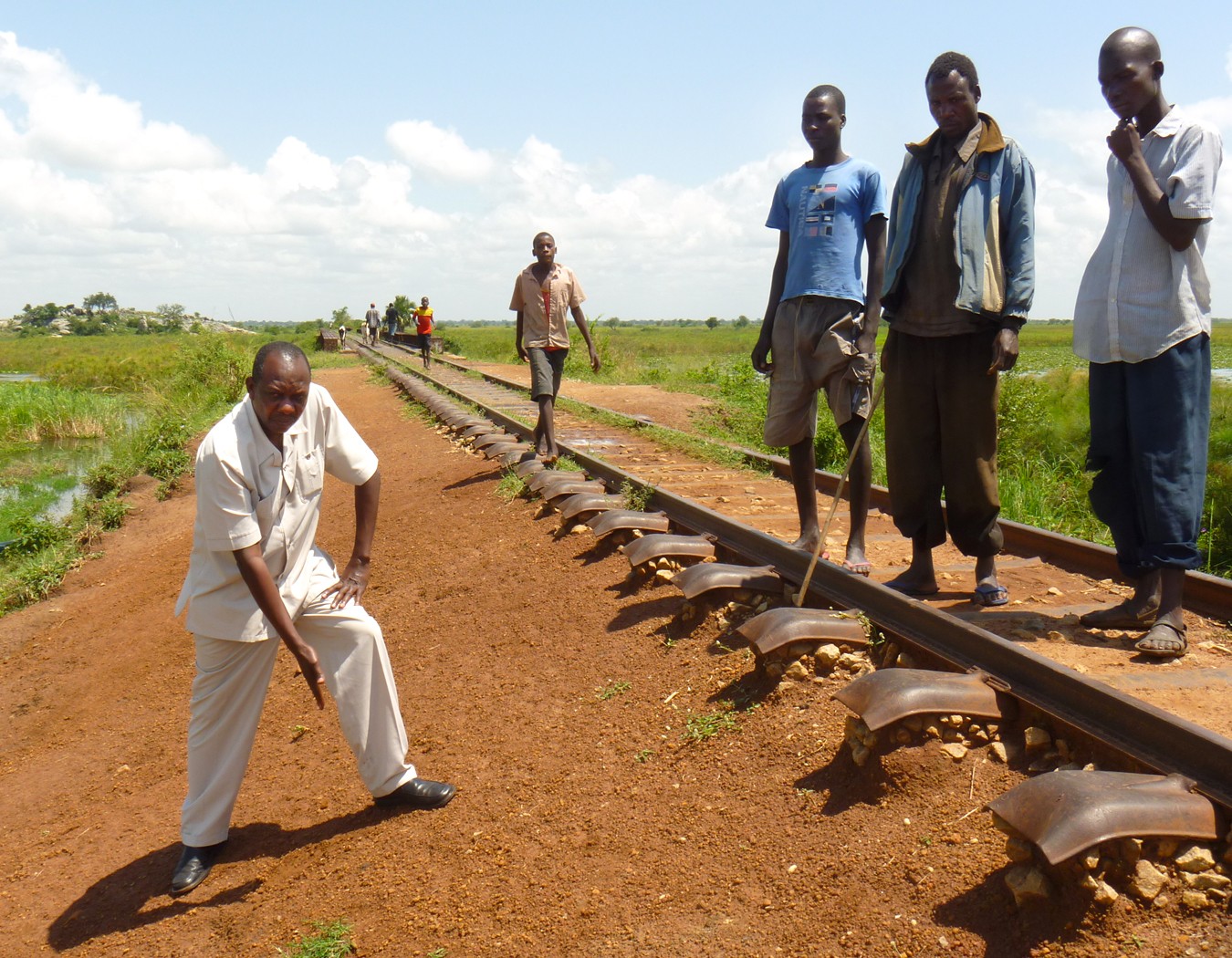
Social Sharing